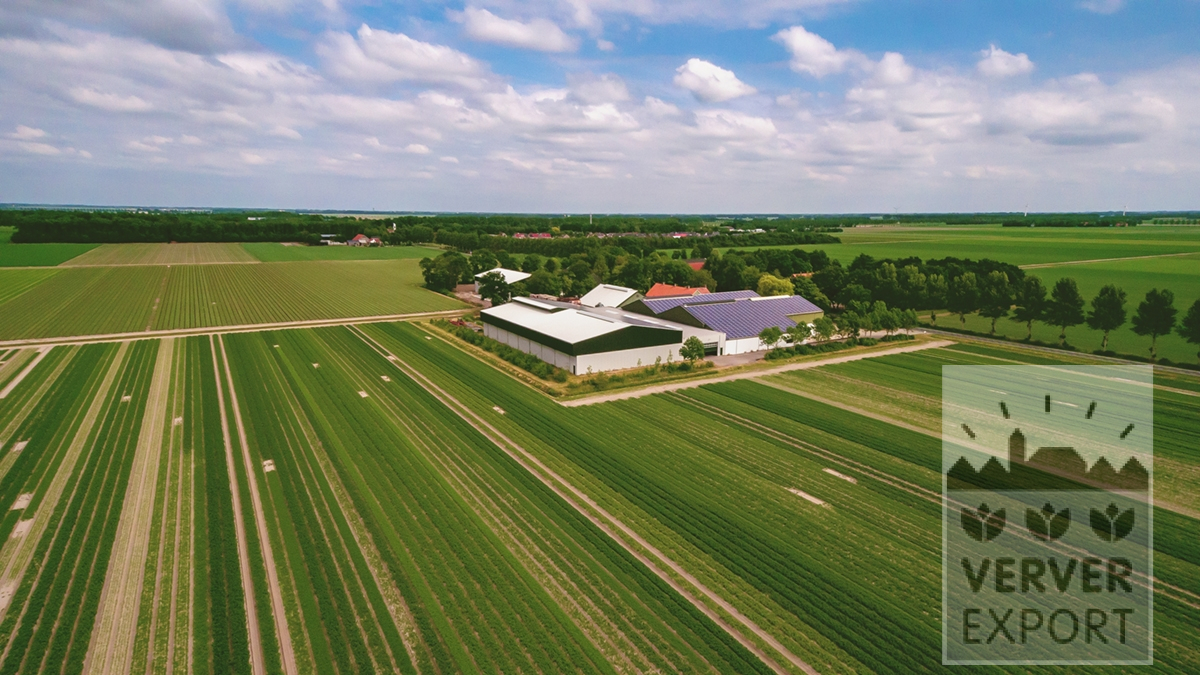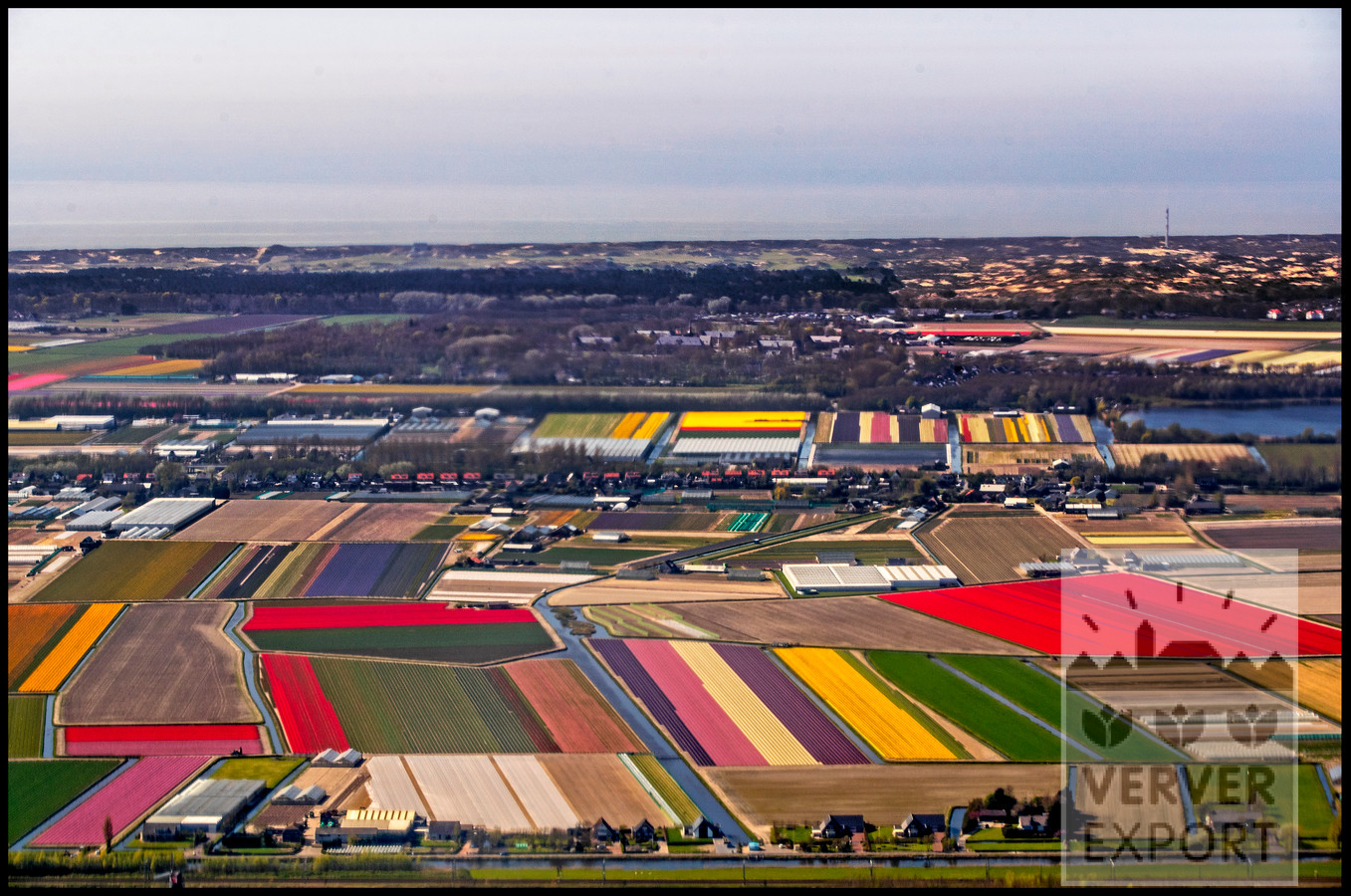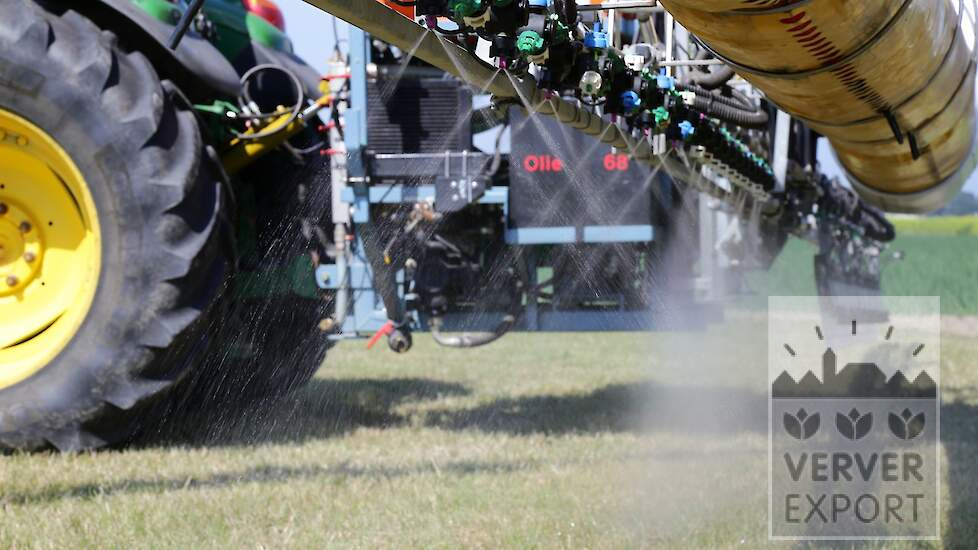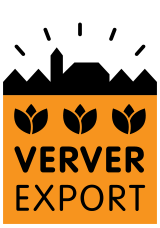Considerate work practises based on the latest technical knowledge and with respect for the environment. This is the guiding premise for the industry when it comes to flower bulb cultivation and the environment. Sustainability has been a key focus for the flower bulb sector for more than 25 years. A lot of time is spent on the topics such as plant health, minerals, water, energy and waste. The environmental impact of the sector has been reduced by 80% in recent years, but that is no reason to sit back. Together, the growers are committed to a sustainable flower bulb sector in the future under the “Healthy Bulbs, Flourishing Sector” action
plan.
The demand for organic flower bulbs is growing, but the range and number of organic bulbs in production is still limited. Demand outstrips supply, which is the reason for this brief overview of the current situation regarding sustainability in the flower bulb sector.

Developments & initiatives
A quick glimpse into the ongoing developments and initiatives from the 1,500 companies with a total of around 27,000 hectares of flower bulb cultivation in the
Netherlands.
Top Grower
Growers can gain insight into the level of sustainability of their own business using Top Teler, a sustainability scan that the growers’ association developed together with Stichting Natuur & Milieu (the Nature & Environment foundation). By completing a questionnaire, growers get an insight into the sustainability of their own business. Growers are scored based on eight themes, from crop protection to job satisfaction and from water use to energy. The outcome of the scan provides growers with a tool for improving sustainability. Businesses that score well can also receive a visit from Stichting Natuur & Milieu or even be awarded with the title Top Teler.
Minerals
The use of minerals and fertilizers is necessary to ensure that the soil has sufficient nutrients. The government sets a cap on the most important minerals. Growers keep a record of the minerals and fertilizers used through fertilizer accounts.

Water
The sector is developing systems to achieve cleaner water that (virtually) eliminates the leaking of crop protection substances and fertilizers from the farm and the field into the surface water. Soil quality plays an important role in this. Healthy soil is important not only for growing healthy plants, but also for minimising the runoff of pesticides products and fertilizers.
Energy
Drying and storing flower bulbs requires a lot of energy. The Dutch Growers Association (KAVB) has been committed to reducing energy consumption in the flower bulb sector since the 1990s. Businesses have been very successful doing this by implementing new techniques and using heat from greenhouses or roofs. A number of businesses are using deep soil layers for heat storage.
Waste
Many businesses already compost their organic waste, and organic waste from flower bulbs has also recently been allowed to be used to generate energy.
Clean field, clean ditch
The flower bulb growers in the Netherlands aim to reduce the emission of crop protection substances by at least 80%, thereby improving the quality of the ground and surface water. Flower bulbs are transported across the grower’s land with the clay soil attached. The flower bulbs are then rinsed in the yard to remove the soil residue.
Crop protection
The sector is working on sustainable alternative methods and products such as resilient cultivation, low-risk substances, other soil management, mechanical pest control, etc. Many parties are collaborating in the Vision Vitale Teelt 2030 (Vital Cultivation Vision) towards research and development for a more resilient cultivation system.






